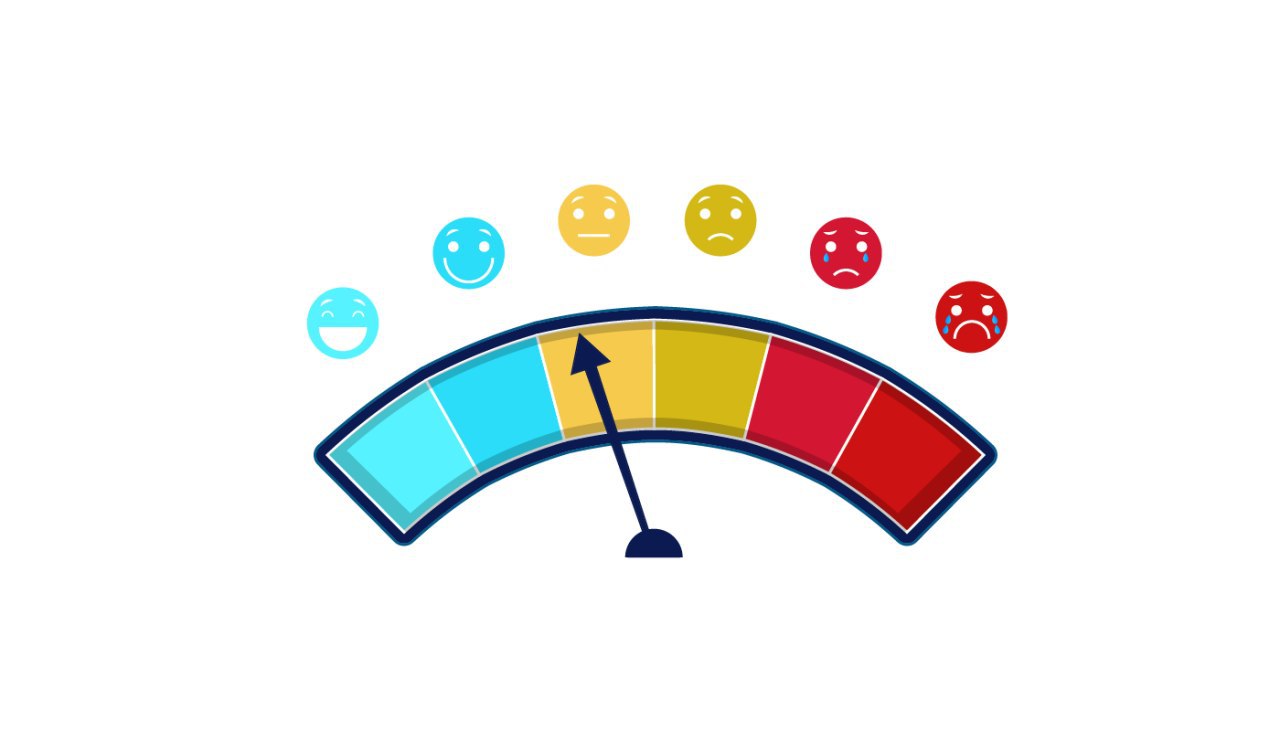Ever wondered how people truly feel about your brand, product, or service? Social sentiment analysis helps businesses and individuals gauge public perception by analyzing online conversations. In today’s digital age, where opinions spread like wildfire, keeping track of social sentiment is crucial for brand reputation, marketing strategies, and customer relationships.
What is Social Sentiment?

Social sentiment refers to the general attitude, emotion, or feeling expressed in online discussions about a topic, brand, or industry. It is determined through sentiment analysis, a technique that uses natural language processing (NLP) and AI to classify opinions as positive, negative, or neutral. By analyzing data from social media, reviews, blogs, and forums, businesses can gain valuable insights into consumer emotions.
Why Social Sentiment Matters
Ignoring social sentiment is like sailing without a compass—you have no idea where you’re headed. Here’s why it matters:
- Business Impact: Companies that monitor sentiment can adjust strategies based on public opinion.
- Brand Reputation Management: A single negative viral post can damage a brand’s reputation. Sentiment analysis helps mitigate risks.
- Customer Engagement: Engaging with customers based on their sentiments fosters loyalty and trust.
How Social Sentiment is Measured
Several tools and metrics are used to measure media sentiment, including:
- Keyword Analysis: Identifying commonly associated words with a brand.
- Emotion Detection: Recognizing emotions like happiness, anger, or frustration in posts.
- Sentiment Scores: Assigning numerical values to gauge overall sentiment trends.
Types of Social Sentiment
- Positive Sentiment: Praise, satisfaction, and excitement about a product or service.
- Negative Sentiment: Complaints, dissatisfaction, and criticism.
- Neutral Sentiment: Posts that neither praise nor criticize but provide factual information.
Sources of Social Sentiment Data
- Social Media: Platforms like Twitter, Facebook, and Instagram serve as primary sources of real-time sentiment data.
- Blogs & Forums: Consumers often express detailed opinions on industry blogs and discussion forums.
- Customer Reviews: Sites like Yelp and Trustpilot offer direct customer feedback.
- News Articles: Media coverage influences public sentiment towards brands.
The Role of AI and Machine Learning in Sentiment Analysis
AI-driven Natural Language Processing (NLP) allows businesses to analyze large volumes of data quickly. Machine learning models continuously improve accuracy, identifying trends that might go unnoticed by human analysts.
Social Sentiment in Marketing
Brands can optimize marketing campaigns by tracking consumer sentiment. For example:
- Personalized Advertising: Ads can be tailored based on user sentiment.
- Content Strategy: Understanding audience sentiment helps craft more engaging content.
Crisis Management Through Social Sentiment Analysis
When a crisis strikes, sentiment analysis helps businesses:
- Detect Issues Early: Identifying sudden spikes in negative sentiment allows quick response.
- Manage Public Relations: Addressing concerns promptly prevents reputational damage.
Challenges
- Sarcasm & Irony: AI struggles with detecting sarcasm in text.
- Data Accuracy & Bias: Sentiment tools may misinterpret context.
- Privacy Concerns: Ethical considerations arise when analyzing consumer data.
Best Tools for Social Sentiment Analysis
Some top sentiment analysis tools include:
- AIM Insights – AI-powered sentiment analysis for in-depth consumer insights.
- Brandwatch – Tracks real-time consumer sentiment.
- Hootsuite Insights – Integrates social listening and analytics.
Case Studies
- Example 1: A fashion brand adjusted its campaign after detecting dissatisfaction with its latest collection.
- Example 2: A food chain mitigated a PR crisis by swiftly addressing customer complaints.
Future Trends
Expect advancements in AI to improve sentiment accuracy and predictive analytics to anticipate consumer behavior before it happens.
How to Implement Media Sentiment Analysis in Your Business
- Step 1: Choose a sentiment analysis tool that fits your needs.
- Step 2: Track brand mentions and keywords.
- Step 3: Analyze insights and adjust strategies accordingly.
Conclusion
Understanding media sentiment isn’t just an advantage—it’s a necessity. Whether managing brand reputation, refining marketing campaigns, or handling crises, social sentiment analysis provides critical insights that drive smarter business decisions. By leveraging AI-powered tools, businesses can stay ahead of consumer trends, address concerns proactively, and enhance customer satisfaction.
Want to harness the power of social sentiment for your business? Request a demo from AIM Technologies today and discover how advanced sentiment analysis can help you gain deeper consumer insights and improve your brand strategy.
FAQs
- What industries benefit most from media sentiment analysis?
Almost all industries, especially e-commerce, retail, hospitality, and tech, benefit from sentiment analysis. - How accurate is social sentiment analysis?
While AI has improved accuracy, challenges like sarcasm and context misinterpretation still exist. - Can small businesses afford sentiment analysis tools?
Yes! Many tools offer scalable solutions tailored for small businesses. - What are the key challenges in sentiment tracking?
Data accuracy, sarcasm detection, and ethical concerns remain the biggest hurdles. - How often should businesses monitor media sentiment?
Ideally, businesses should monitor sentiment daily to respond quickly to changes.




